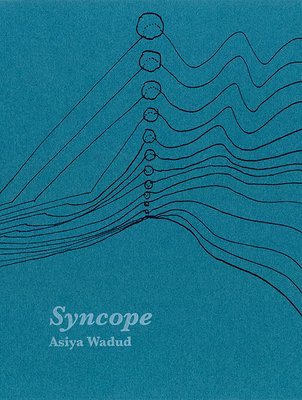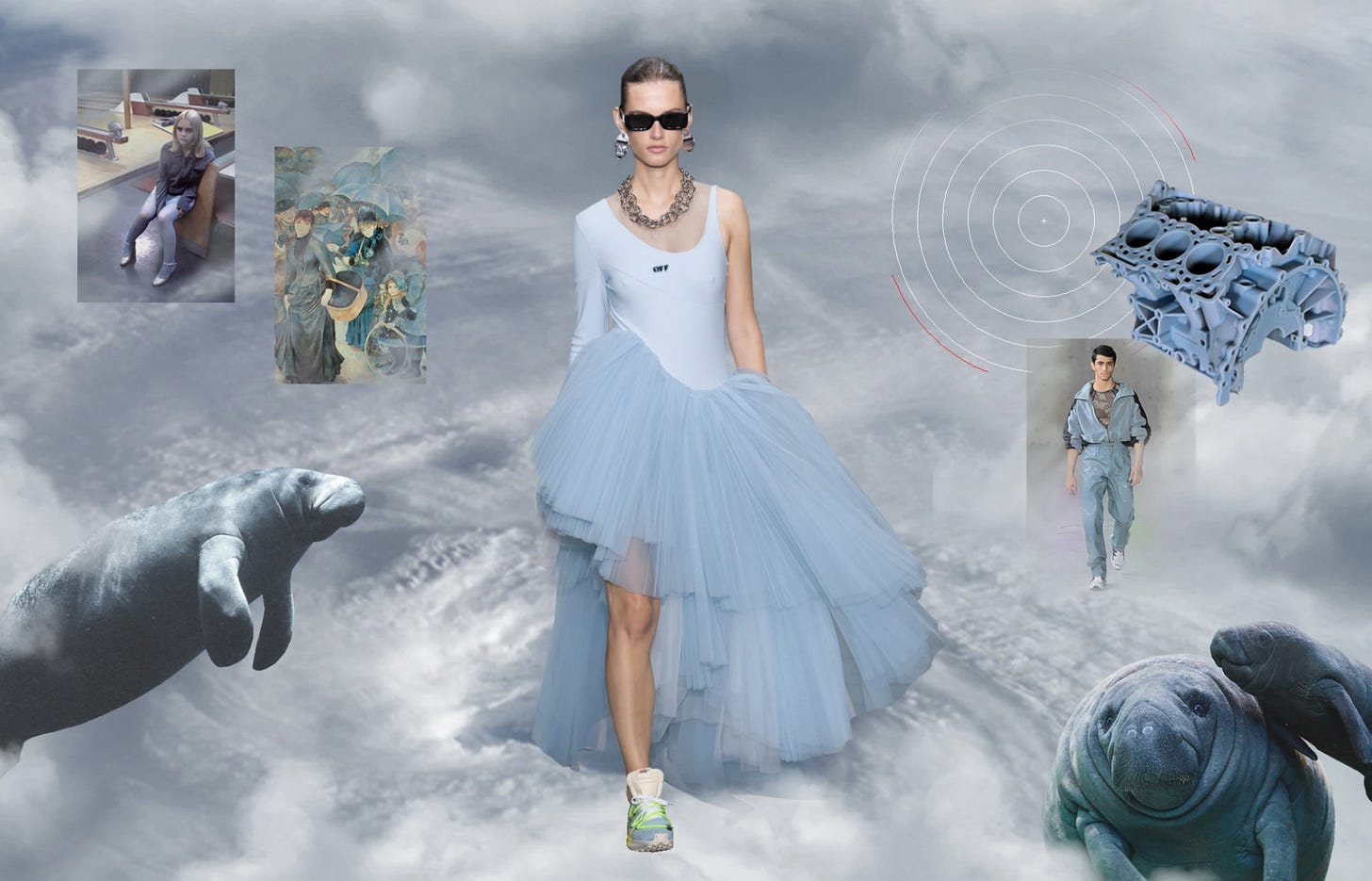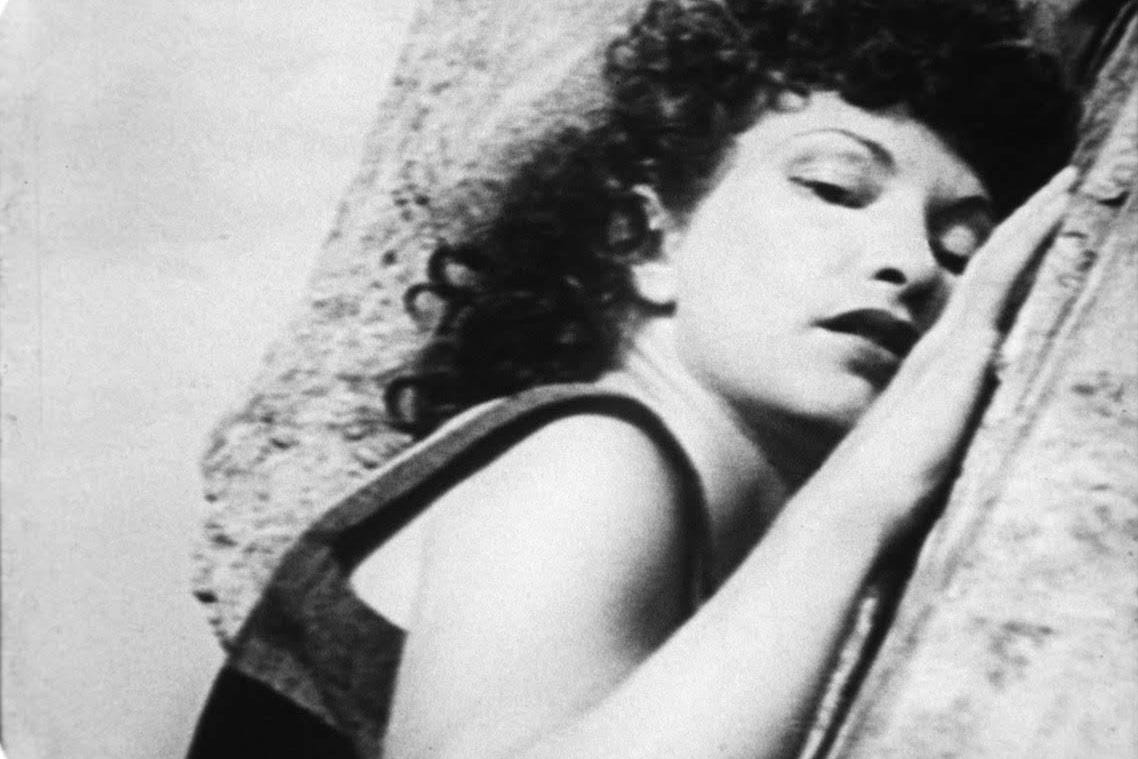035. Tidal Reliquary
I first started drafting this newsletter in the middle of a tropical storm.
Hello friends,
By now, you’ve probably seen the footage or heard the stories about houses submerged, subway stations with cascades of sewage water, basements lethally flooded, lines of cars evacuating with barely enough to survive. I have nothing more to say on the matter than if you are able to, donate money to those on the ground, still rescuing folks and trying to put back together what remains of their lives.
I first started drafting this newsletter in the middle of a tropical storm. Now, I’m finishing it in the aftermath of a hurricane, one so strong it heaved all the way up through the country to reach a second shore. Growing up along a coastline, you begin to hear it from a young age: that one day the water will come, maybe in the shape of a big storm or a rising tide, eroding away until all at once it’s gone. Water has been on my mind (and soaked me through) lately.
TOUCH
Asiya Wadud’s Syncope is a collection of poems built from the accounts of refugees who barely survived the passage by boat across the Central Mediterranean and reflections on those who perished on the journey to European borders. Within the rhythmic, fractured movements of the sea, Syncope lifts up a chorus of voices in moving, lyrical elegy and testimony, beating back the tides of systematic injustice and erasure. Wadud writes, “we live with the wreckage / not the question of how / simply / we live with the wreckage / we are the ruin.”
LOOK
So much of Allison Janae Hamilton’s work is connected to water. As she notes in an interview with Brooklyn Rail, “Being at sea level and having canals and swamps everywhere, you are intimately connected to the terrific part of the landscape, and I mean that in both senses of that word. How powerful it is.” There are her ghostly Floridawater photographs, her sculpture of two alligators appropriately titled Untitled (Ouroboros) (2017), and her immersive installation Wacissa (2019) pulling the viewer into the tumbling current of a river. Then her sculpture The Peo-ple Cried Mer-cy In The Storm (2018), three towers of stacked tambourines standing alone on an island. The piece takes its name from two hurricanes: the 1926 Great Hurricane of Miami (memorialized in this hymn) and the 1928 Okeechobee Hurricane (referenced in Zora Neale Hurston’s Their Eyes Were Watching God). These catastrophic storms led to the death of thousands of Black migrant workers, and, through Hamilton’s sculpture, remain a timely example of how these kinds of climate disasters disproportionately impact our most vulnerable, marginalized communities.
Meghann Riepenhoff’s series, Littoral Drift, is a collaboration between the artist and tidal forces set on the blue stage of cyanotype prints. Each image from this series has a sublime sense of imperfection, activated by the impermanent flux of its surroundings (like “Littoral Drift #473 (Triptych, Point White Beach, Bainbridge Island, WA 05.17.16, Five Waves at Apex of Low Tide),” pictured above). As the cyanotype processes, sediment and water pushed by wind and waves make contact with the photochemical materials, mutating into haunting blooms of dynamic color and texture. The mere minutes it takes to produce these manmade prints collide across the surface with the awe-inspiring magnitude of geologic timescales.
In many of his film installations, John Akomfrah uses the visual language of water to submerge us in poetic narratives that grapple with some of the most pressing political and social issues facing the world today. Purple, which I was able to see at Boston’s ICA back in 2019, takes on climate change, biodiversity, and humanity’s relationship to the environment through archival footage of wilderness and threatened ecosystems going as far back as the 1940s. Vertigo Sea takes on humanity’s tumultuous histories of global migration, reckoning with the ocean’s powerful forces of liminality. In perpetual flux moving through landscapes and through identities as migrant and voyager, his films contain dizzying collages of ghosts hidden within the salt-flung cruelties of the elements and the cultural losses that take place during these journeys.
LISTEN
I first heard John Luther Adams’ orchestral composition, Become Ocean, at Lincoln Center. It is a slow apocalypse of sound, 42 minutes of sustained, flooded harmony spilling and tumbling into each other with an ancient timelessness. Every time I listen to it now, I can’t help but remember swimming in the ocean as a little kid then, as I tried to sleep off my exhaustion and my sunburn, all I could was hear the soft roar of ocean tides in my ears and feel the sensation of tides churning behind my salt-stung eyes.
As horrific reports come out of Louisiana of flooded neighborhoods and collapsed power grids, I think it’s important to revisit their report from 2018 about Hurricane Harvey’s widespread damage in Houston thanks to real estate development in active flood zones, the toll of extreme weather on Puerto Rico after Hurricane Maria, and Louisiana’s impending surge of climate refugees as the state struggles to relocate coastal communities in areas that will soon vanish with sea level rise. If you’re interested in learning more about the history of levee-building along the Mississippi River, and the cost of sacrificing one community to protect others, I also suggest checking out their episode, “Flood Thy Neighbor.”
David Hammons’ Days End (2014-21) resembles the skeleton of a warehouse, one of many that used to dot the New York City shoreline along the Hudson River. The metal structure acts like a frame, anchoring its fluctuating surroundings through an unassuming outline. Despite its seeming solidity, there is nothing static about the water Days End sits on. The overlapping artistic, socioeconomic, and environmental histories, that have altered and continue to transform the Manhattan coastline, are so beautifully captured in this episode of the Whitney’s podcast, Artists Among Us.
LICK
I’ve always loved SSENSE’s monochromatic fashion stories, but their manatee blue one is one of my favorites. Timeless yet dated in its tone, author Rebecca Storm connects this hue to the anxieties of our current moment. It is truly a soft, muted feast for the senses: “Like the blueish cast inherent of his hologram; like the photo booth curtains; like the color of instant messaging; like a thriller’s filter that renders red blood black; like thick, chemical smog contaminating a cerulean sky; Manatee Blue possesses an equally synthetic quality.”
The Morske Orgulje (sea organ) is a structure and public space on the coast of Zadar, Croatia. Beneath its white marble steps are a series tubes that act like a musical instrument, turning the movement of tides and the Adriatic Sea breeze into sequences of harmonic sounds. You can hear the haunting melodies of the Morske Orgulje here.
In 2018, creative coder and artist Joel Simon created “Evolving Alien Corals,” a generative research project that was designed to mimic the evolution of corals. Beginning with an interest in coral biology, and how colonies develop under the unique conditions of their underwater environment, the project is an experiment in growth and development through “genetic-algorithms” that can mutate the coral’s form through varying degrees of optimization. The whole project is a fascinating read, even if you don’t have a background in biology or computer science, and you can even add your own generated coral to a virtual reef.
Maya Deren’s 1944 silent short film, At Land, begins with Deren washed up on the shore of a raging sea. Deren once described the film as a "mythological voyage of the twentieth century," in which "the problem of the individual, as the sole continuous element, is to relate herself to a fluid, apparently incoherent, universe." As she moves from one dreamy scene of modern life to another, Deren remains unmoored from her surroundings. Never quite settling into and conforming to one personal identity, the film culminates with Deren running back to the ocean, encountering the many versions of her that sprung up throughout her journey.
CLICK
From the battle to stop fossil fuel extraction contaminating water supplies to bottling companies exploiting community resources for profit, the global fight for water conservation rages on—and Indigenous communities are almost always at the frontlines of this struggle. Jacinta Ruru, New Zealand’s first Māori professor of law, writes about one particular legal strategy that’s helped the country’s tribal nations in her essay, “Who are your waters?” By claiming legal personhood over the nation’s lakes and rivers, Māori communities have set a precedent for the recognition of the land’s cultural importance, with the water becoming an ancestor itself. Although New Zealand has not yet recognized a Māori ownership of water, this has led to a co-governance of lakes and rivers, enabling them to manage manage the environment alongside their colonial counterparts. As Ruru writes, “This recognition of Māori law inherently recognizes the Māori worldview, including the personification of lands and waters…They enable a revival of Māori ways of valuing, caring for, and using water to co-exist alongside colonial national practices.”
Hannah dela Cruz Abrams’s short story, “Brittle Stars,” is a look back to her childhood growing up on a sailboat in a vast, coral and critter-filled ocean. This essay churns through meditations on writing, images of illness and age taking its toll on the body, and turbulent navigations through the dangers of warning seas and loneliness as deep and quiet as the sea. One line continues to linger in the back of my mind, “The ocean is every color not repeated.”
In honor of World Oceans Day, poet Craig Santos Perez dedicated “Praise Song for Oceania” to the Pacific’s sublime beauty, a knife’s edge of live-giving expanse and divine resilience. Perez, who is native Chamoru from Guam, drifts through each verse with the fluid tumble of waves, washing up against tangled histories of humanity and ecosystems. He says, “please forgive our deafening sonar and lustful tourisms / please forgiven our invasive drilling and deep sea mining / please forgive our extractions and trespasses.”
Thanks for taking the time to read! Feel free to share this little project of mine with your friends, lovers, and enemies. If you like what I do, you can help feed my leopard gecko through Ko-Fi or check out my website. You can find a list of books by the people I mentioned on Bookshop (I get a small commission through this and any affiliate links in this letter).
Until next time,
Ellie










